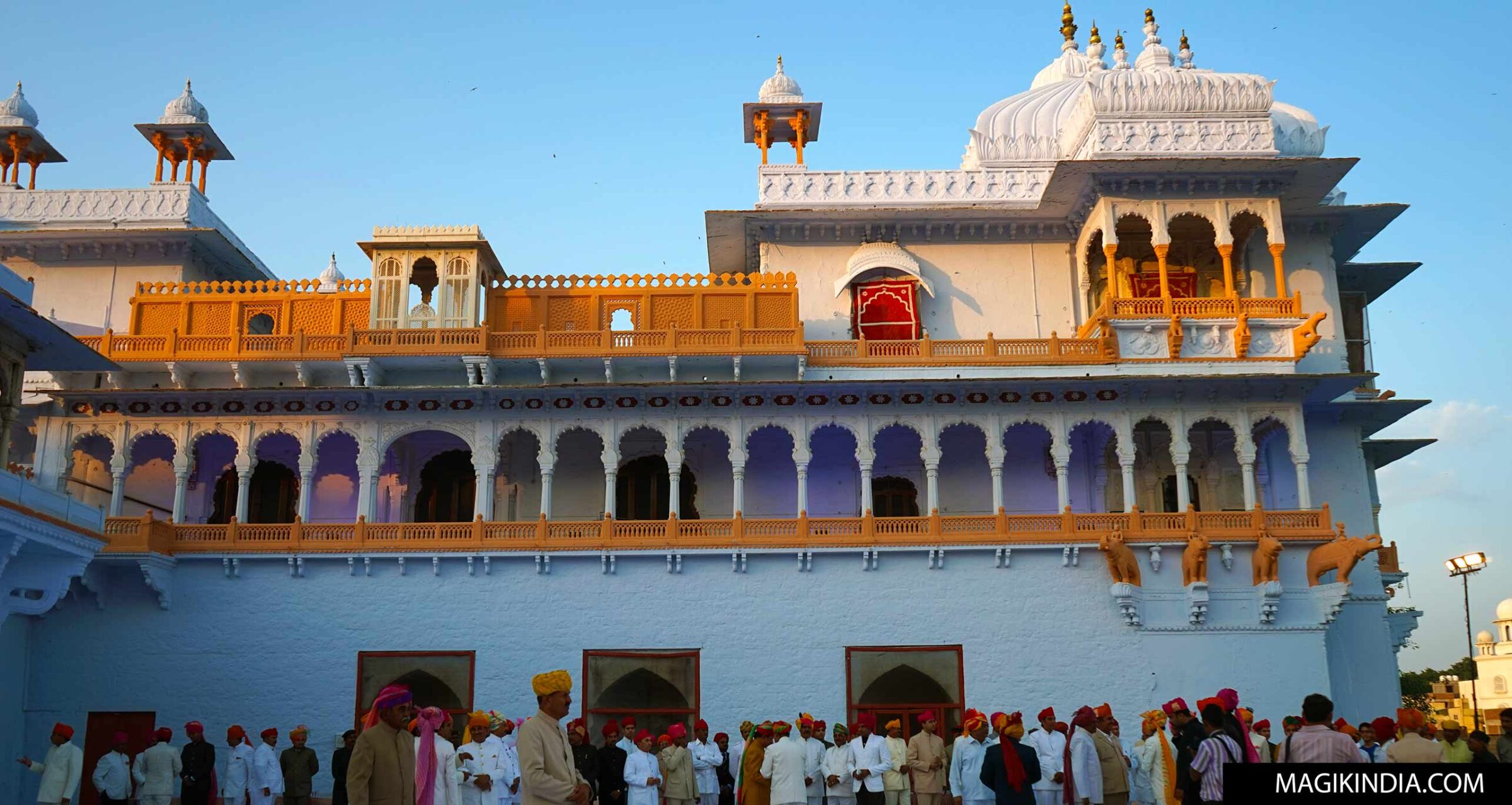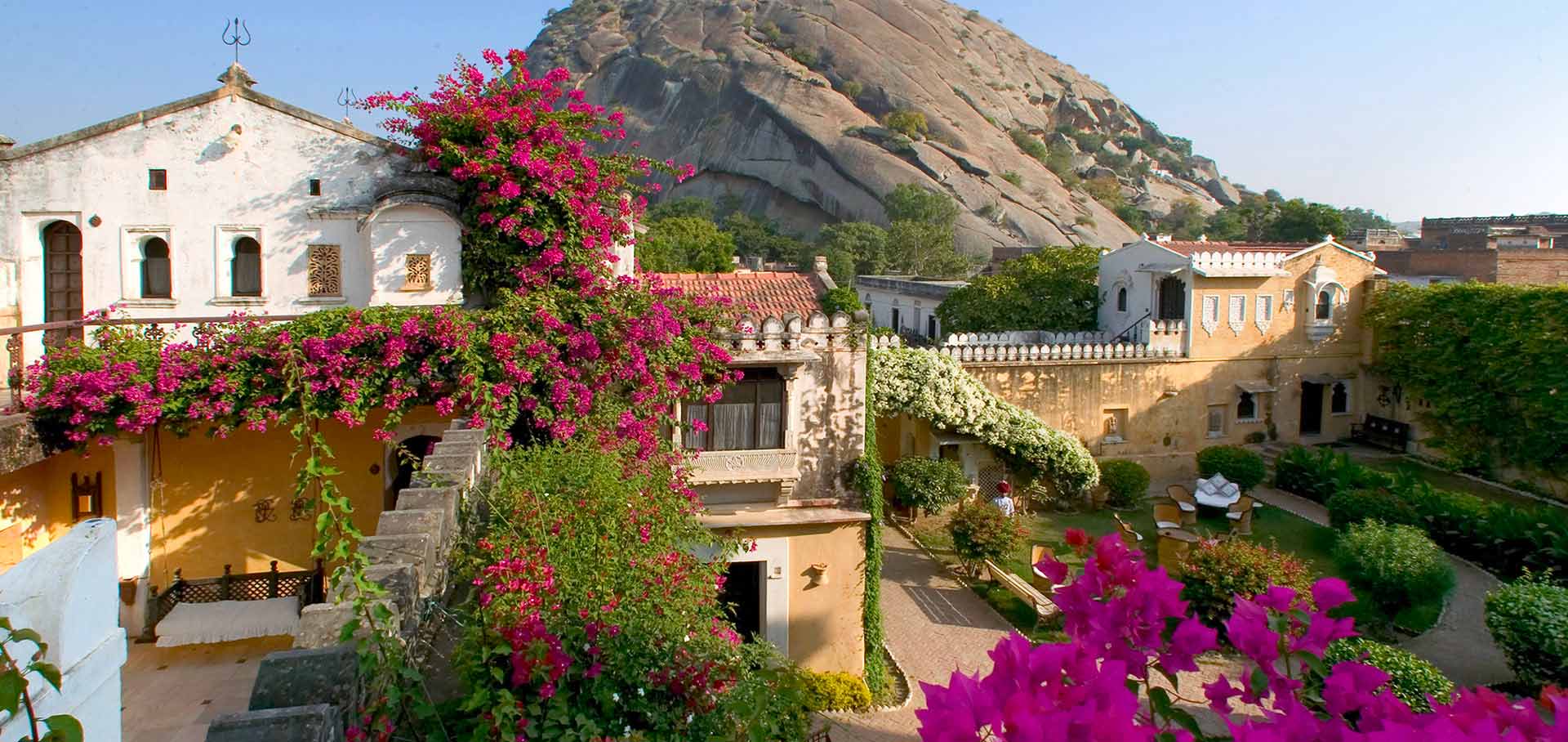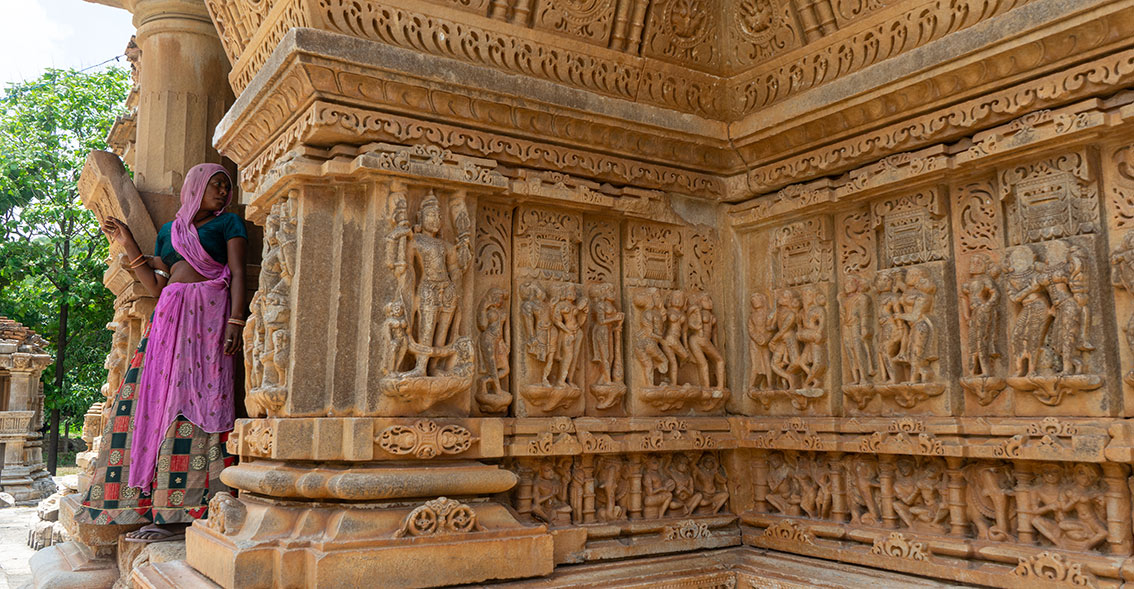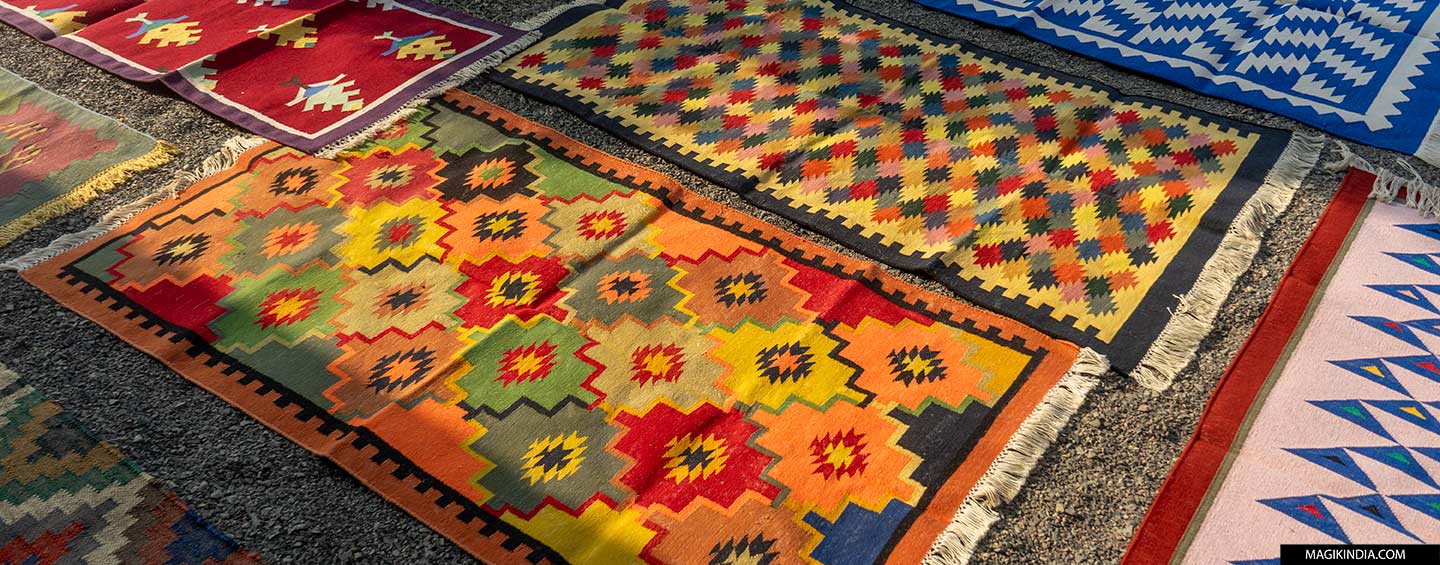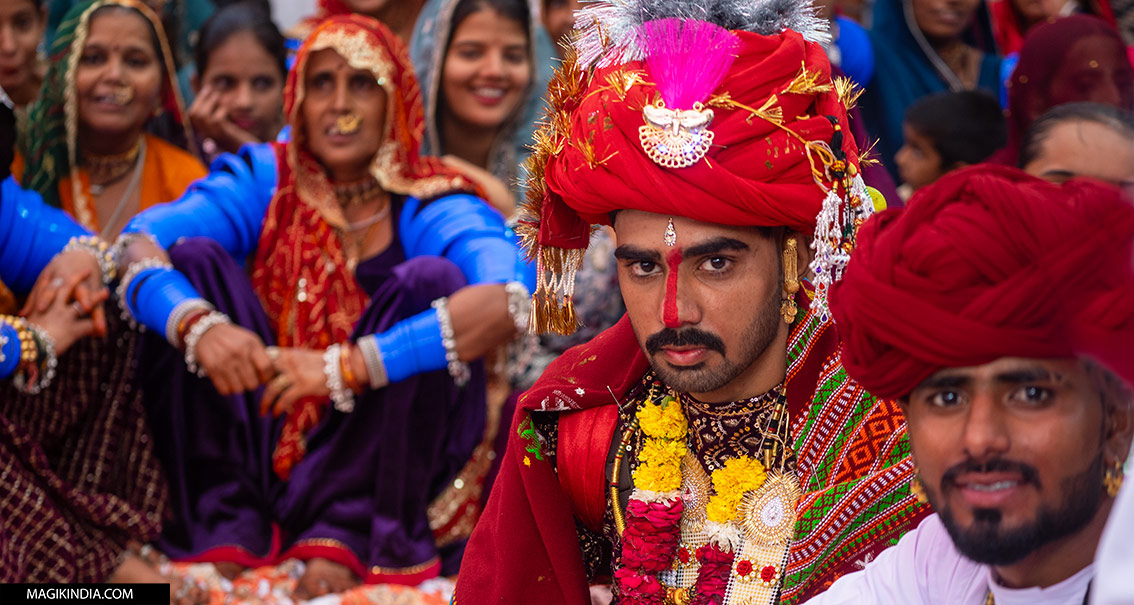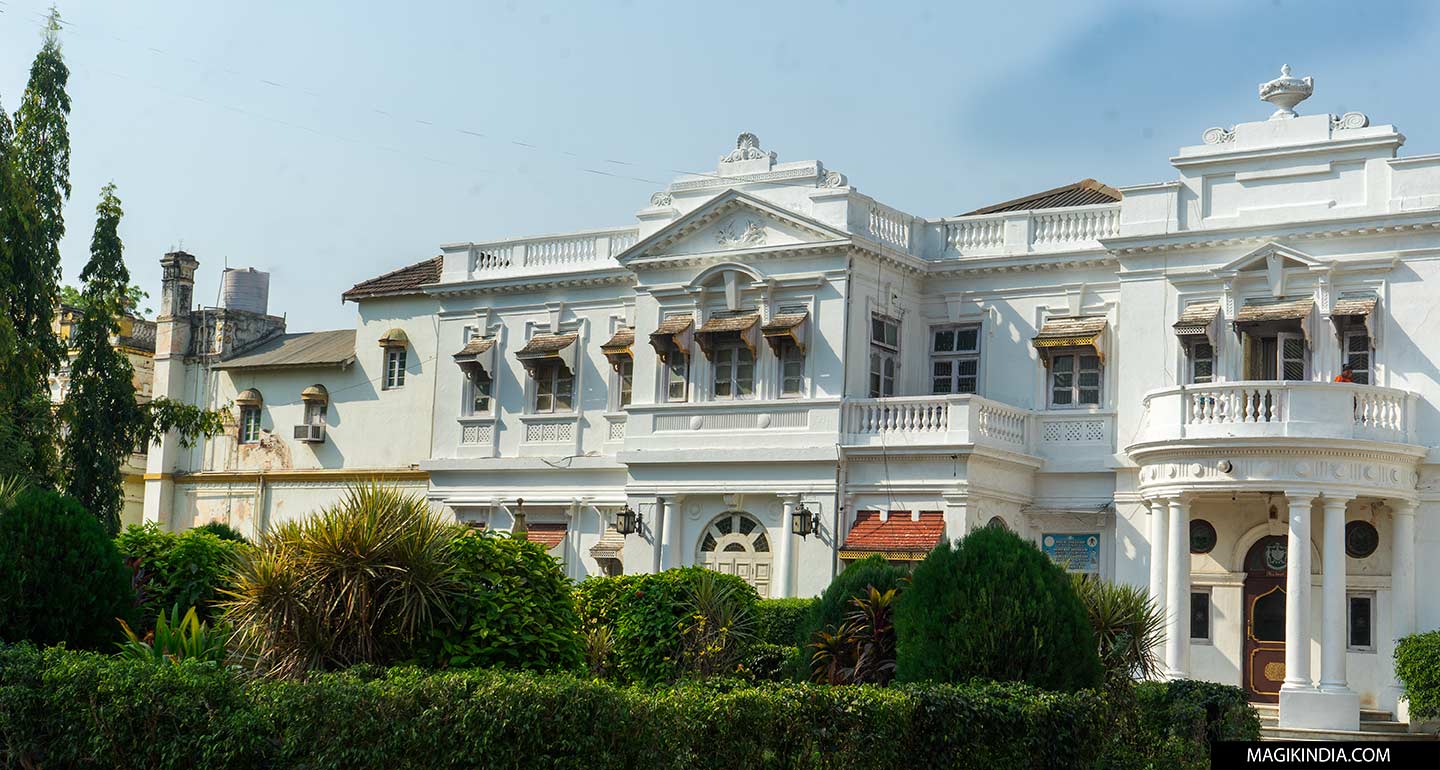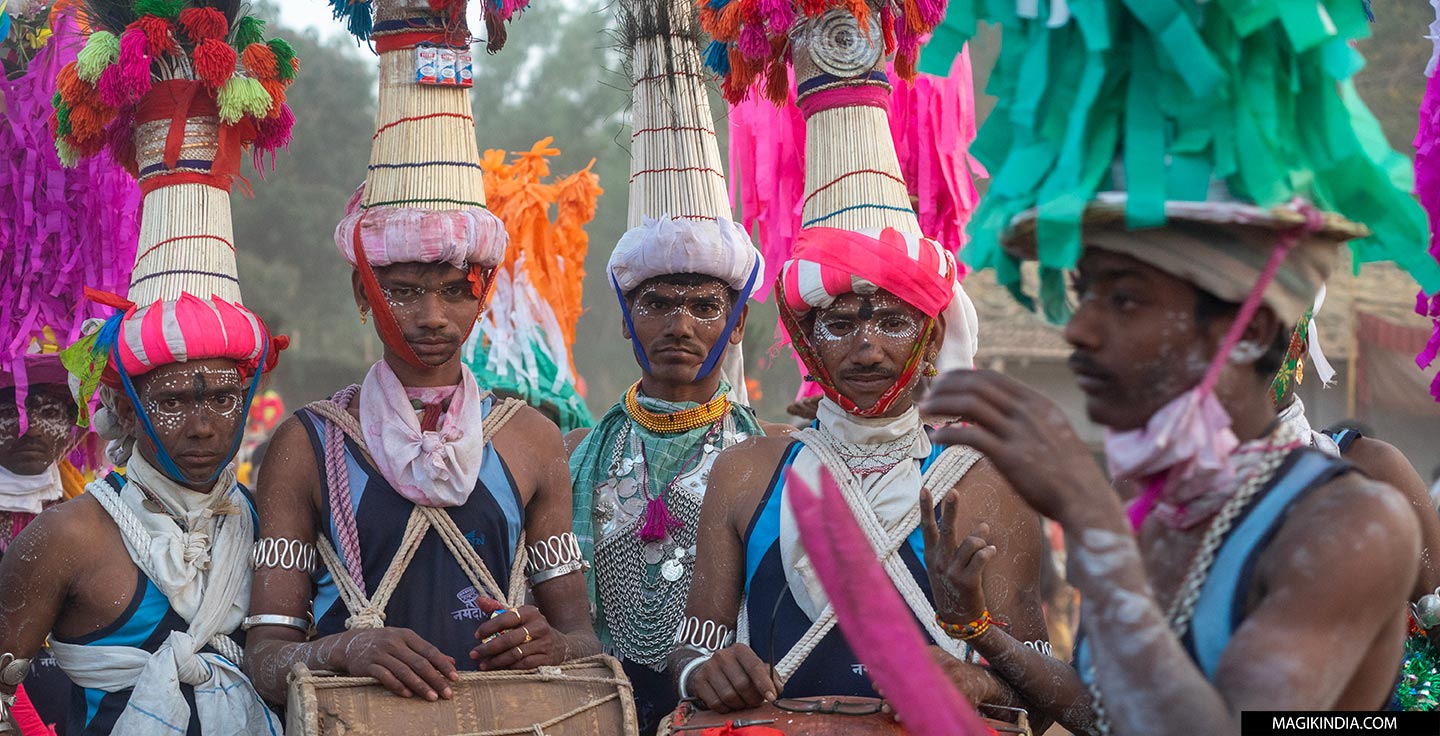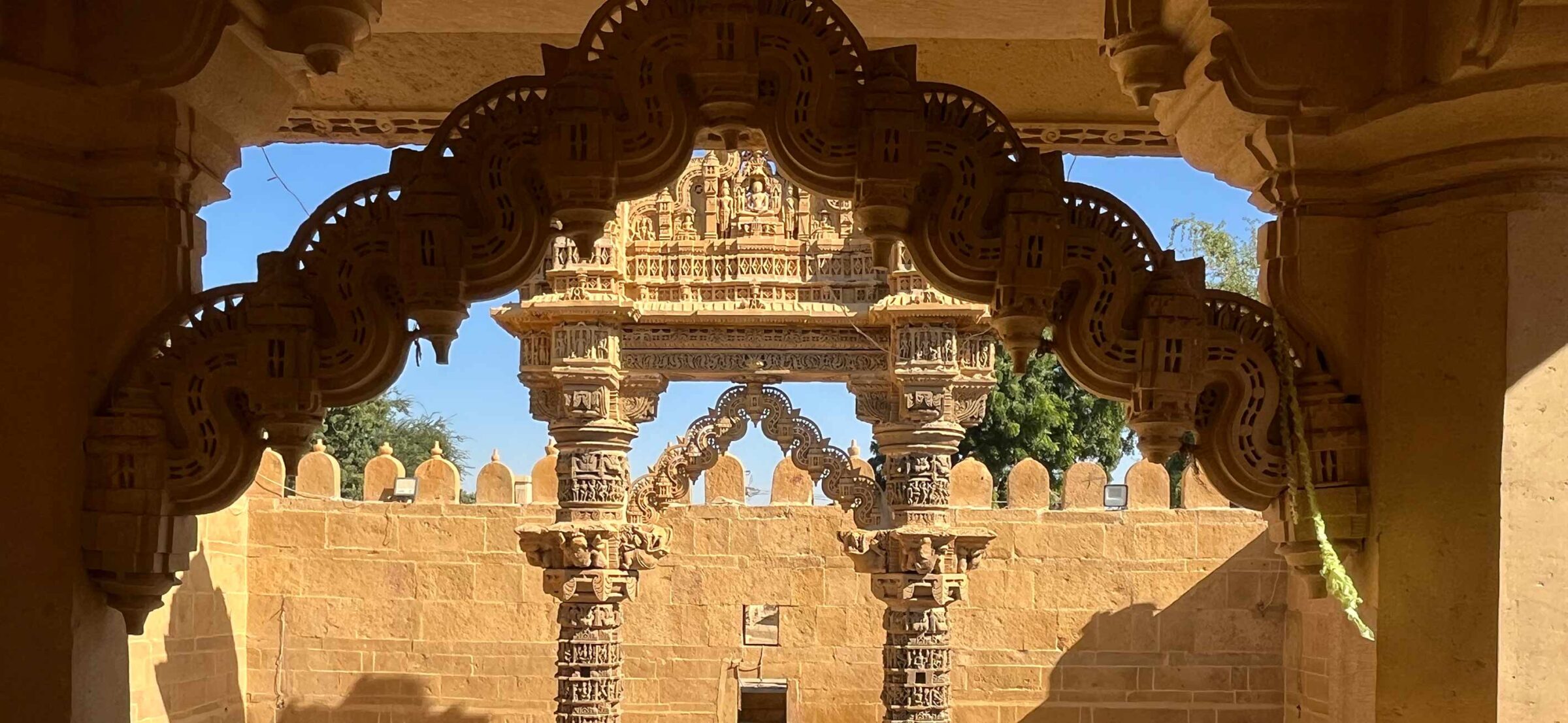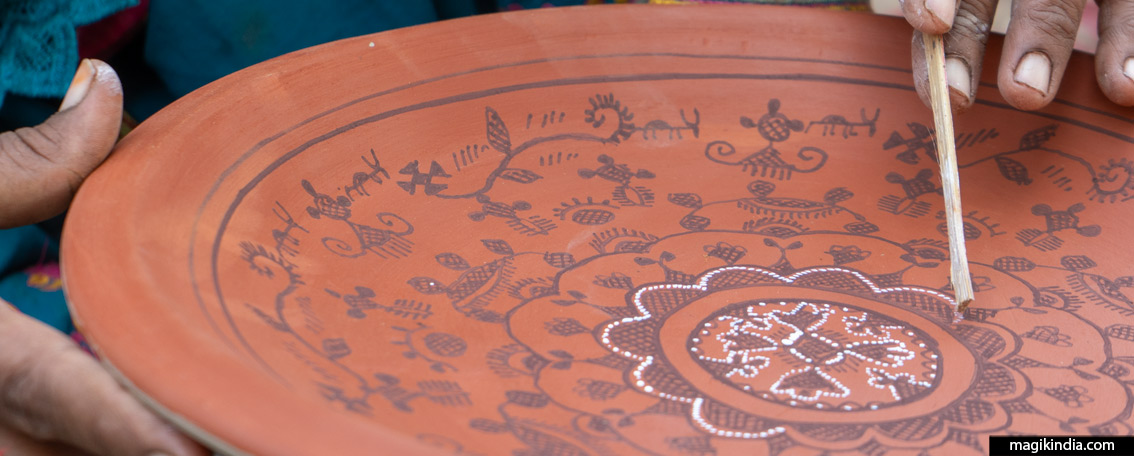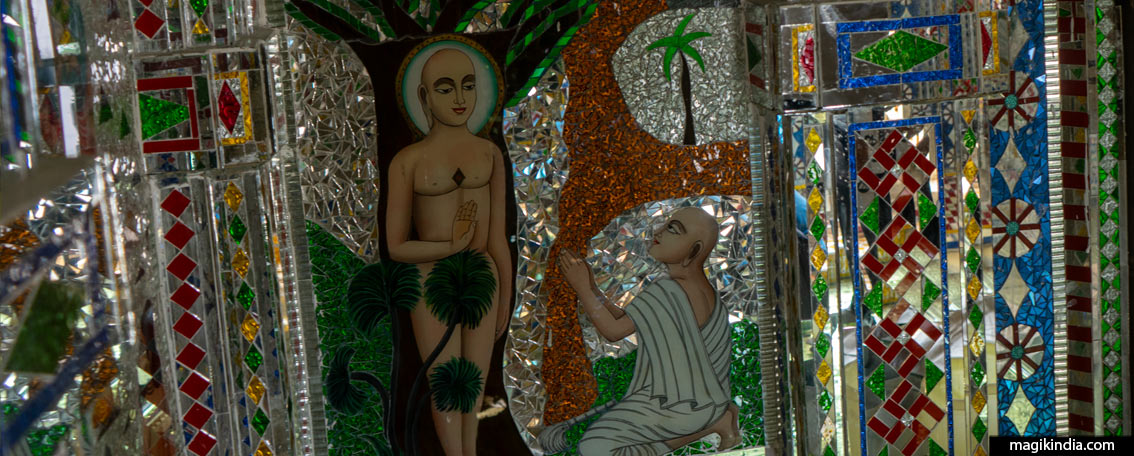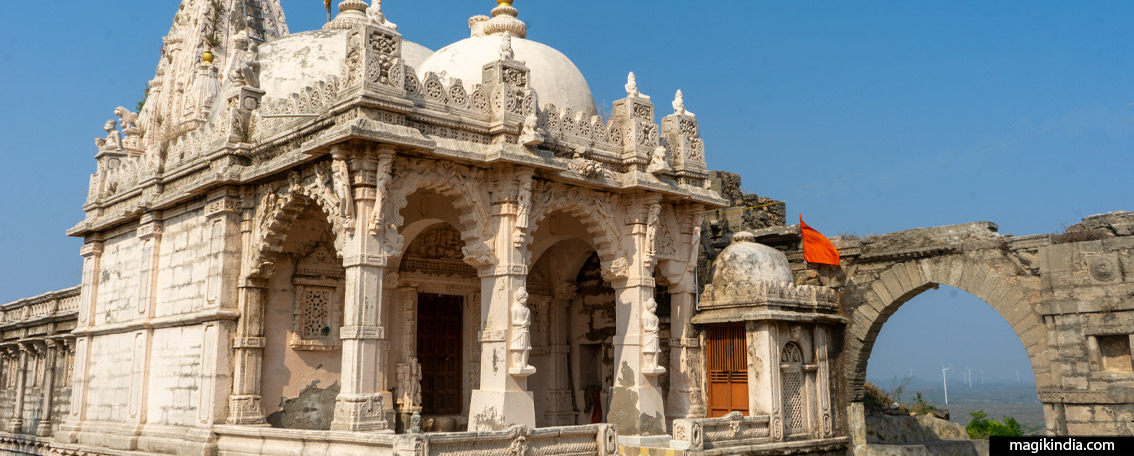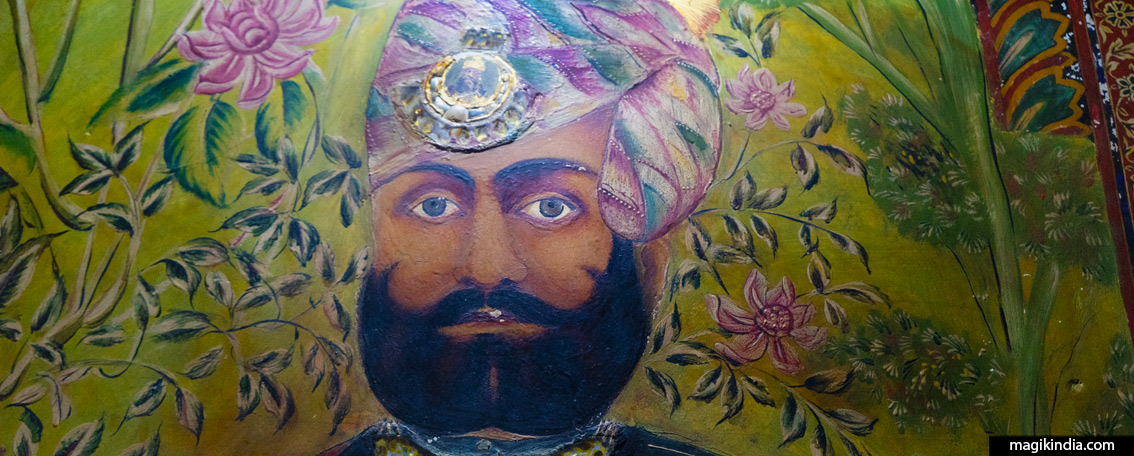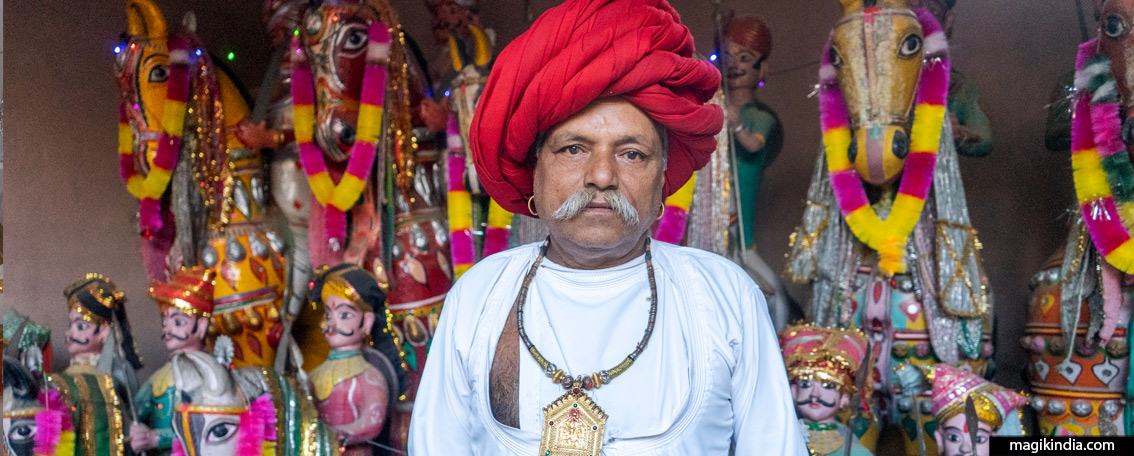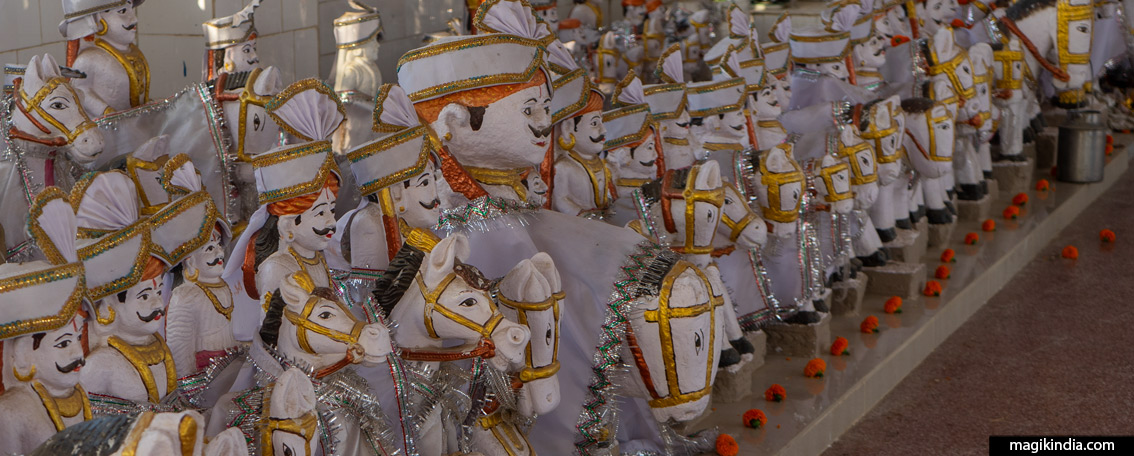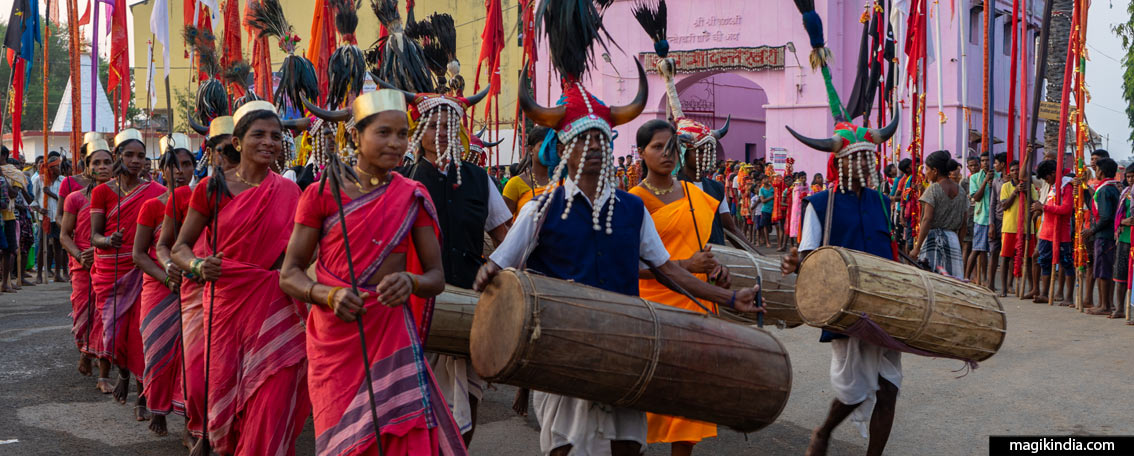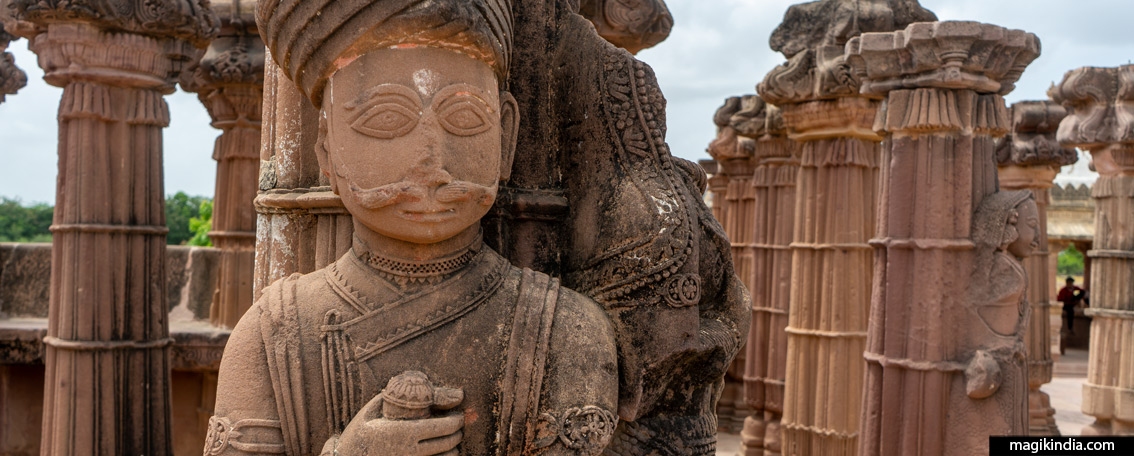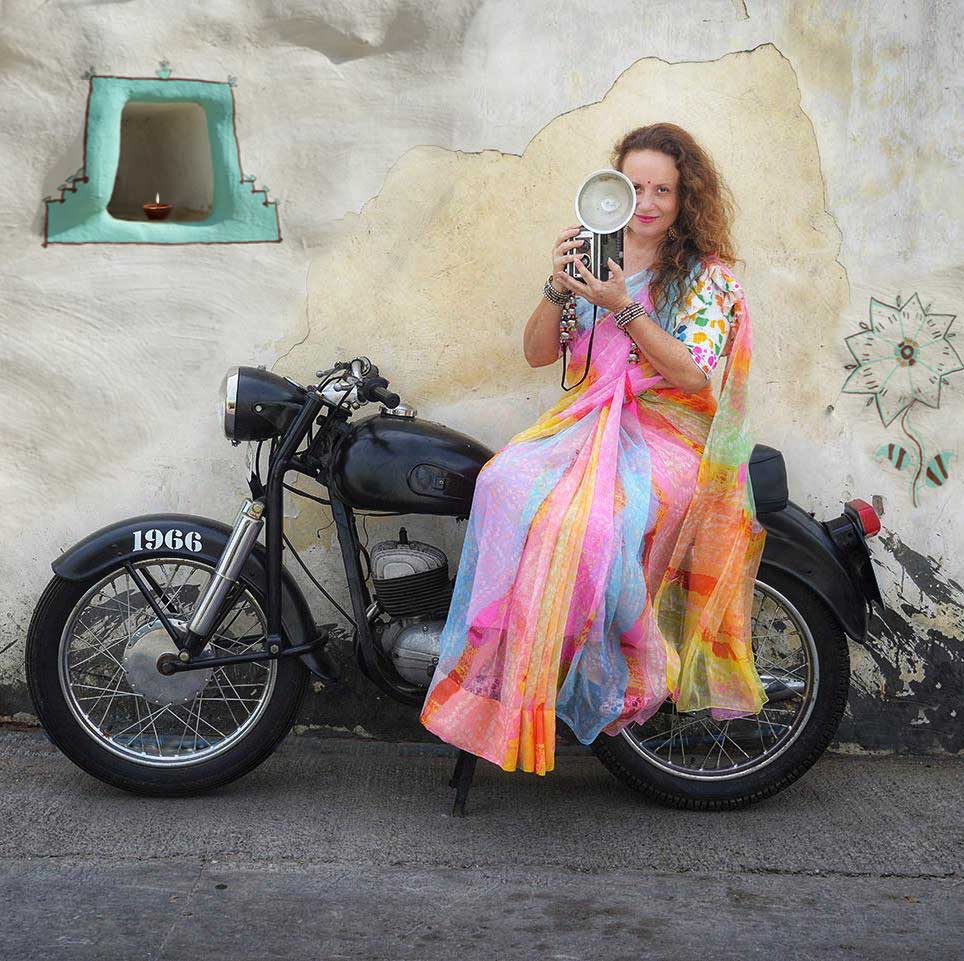
Namaskaram !
Welcome, Padharo ! I'm Mathini, a French woman who has been living in Rajasthan for 10 years. Despite being imbued with Indian culture from a young age it wasn't until 2014 that my Indian adventure really began. I left everything behind in France and set off on a 6-year journey through the land of Gandhi. These adventures are gathered in this blog which aspires, in an intentionally positive spirit, to bear witness to India's remarkably diverse and multifaceted cultural heritage. If this website sparks a desire to pack your bags and set off for an Indian adventure, it will have achieved its purpose. Subh Yatra on Magik India and beautiful explorations in the sacred land of Bharat...
In the north of the district of Kutch (Gujarat), on the edge of the great white desert, is the village of Khavda which gave its name to a very specific ceramic, whose origins date back to the thousand-year-old civilization of the Indus Valley. While the art of pottery from this region has survived since the Bronze Age, it struggles to find its place in the modern world.
Tera is one of the oldest villages of Gujarat, located in the Abdasa region of Kutch. Although the town only has a few inhabitants now, it was nevertheless, in the 18th century, one of the major strongholds of the Jadeja lords. Its fort, with its powerful ramparts, bears witness to its former splendor. But Tera is best known as a land of pilgrimage; its Jain derasar, one of the “moti panchtirthi” brings together tens of thousands of devotees each year.
It might not seem like it, but Roha Fort was, in the 16th century AD, one of the most powerful in Kutch (Gujarat). Located on a hill of the same name, 50 km from Bhuj, the fortress is a timeless destination which, although overgrown with weeds, will delight travelers who, like me, love old sites with history.
If you have ever visited Nawalgarh, in the Shekhawati region (Rajasthan), it is very likely that you have missed its fort, Bala Kila. Although the latter has lost its former glory, there remains a marvelous hidden room, the Sheesh Mahal, which then served as a lodge for the Maharanis.
Since the battle of Sirohi, the close ties that have been established between the Rajputs and the Raïka Rabaris are no longer in doubt. The latter, simple camel breeders at the base, have repeatedly sacrificed their lives fighting alongside the Maharajas. It is therefore not surprising that this pastoral community is highly respected by the Rajputs and that the Rabaris worship Rajput heroes in return. The Momaji warrior temples in the southwest region of Rajasthan are the best examples.
Along with Dussehra, Phagun Madai is another important festival of Bastar region in the state of Chhattisgarh. It is organized every year in Dantewada, a town located 80 km south of Jagdalpur where 60% of the population is “adivasi”, that is to say of indigenous origin. This 10-day festival, which takes place during the month of Phagun of the Hindu calendar (February/March), celebrates spring and the rich artistic and spiritual culture of the indigenous people of this region.

